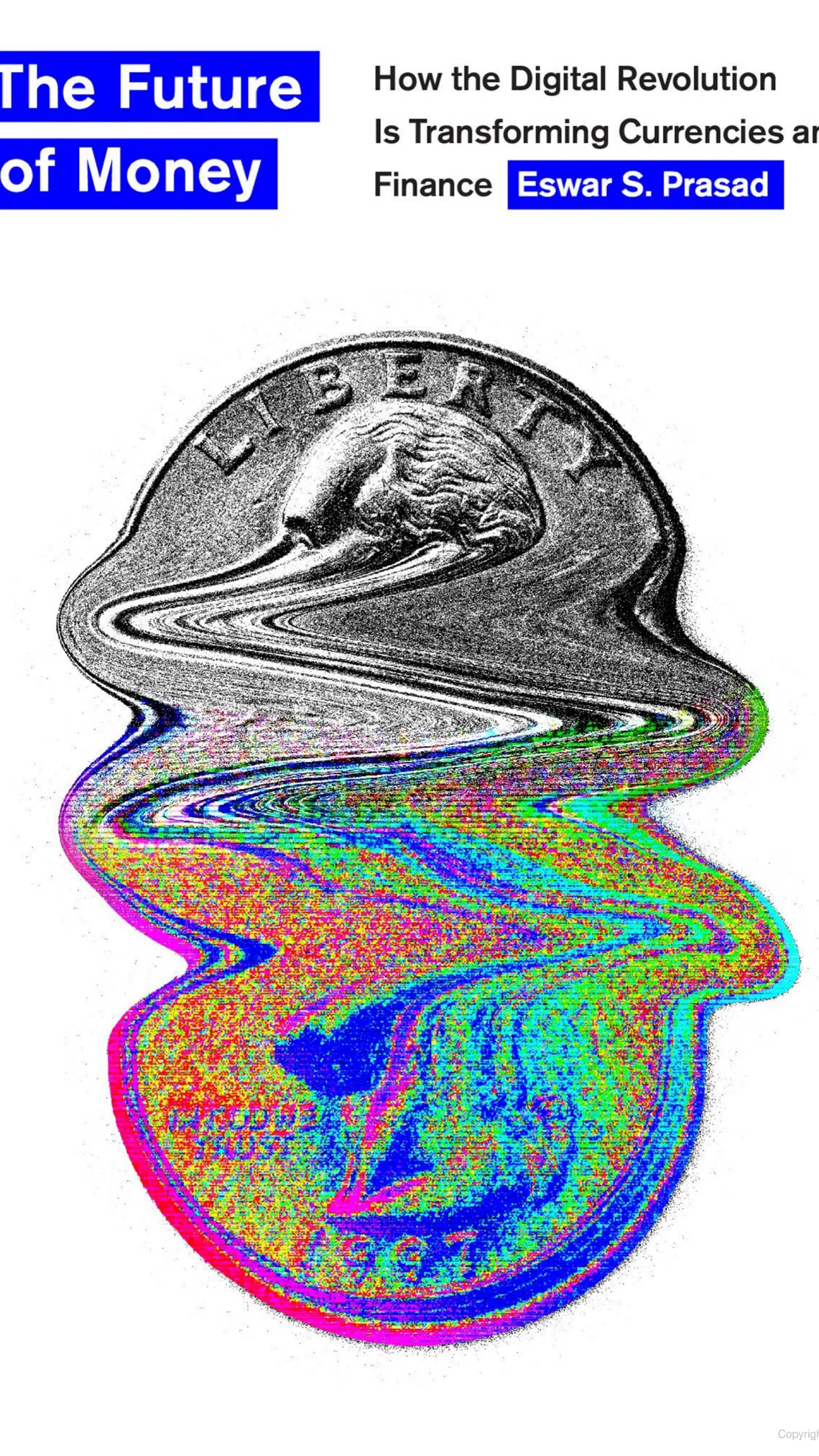Book review: Insights into the future of money
Prasad’s book may enable economists, bankers and investors to further grasp the fintech revolution and the potential winners and losers in the financial sector
Today, you can’t turn on the television or the radio without hearing an ad for cryptocurrencies or crypto exchanges. Numerous celebrities are touting crypto trading platforms, including professional athletes LeBron James and Tom Brady and actors Matt Damon and Larry David. Are cryptocurrencies the next big investment, a fad, or a currency that will transform the economic and financial landscape? What are some of the advantages and shortcomings of digital currencies? Who will benefit from these new currencies?
Eswar S Prasad attempts to address these questions in The Future of Money: How the Digital Revolution Is Transforming Currencies and Finance. Prasad, the Tolani senior professor of trade policy at Cornell University and the author of several books on currencies, provides an interesting and insightful exposition on the shifting landscape from traditional paper notes to digital currencies.

Prasad begins his discussion of the future of money with a quote from Cecilia Skingsley, the deputy governor of Sweden’s central bank: “If you extrapolate current trends, the last note will have been handed back to the Riksbank by 2030.” Skingsley is not the only government official who sees a grand future for digital currencies. China has been moving away from paper currency. US President Joe Biden, recognising the importance of new digital assets, signed an executive order to ensure digital assets’ responsible development in March 2022.
Decoding Asia newsletter: your guide to navigating Asia in a new global order. Sign up here to get Decoding Asia newsletter. Delivered to your inbox. Free.
Share with us your feedback on BT's products and services
